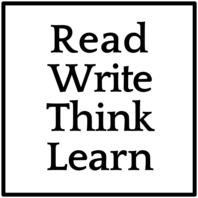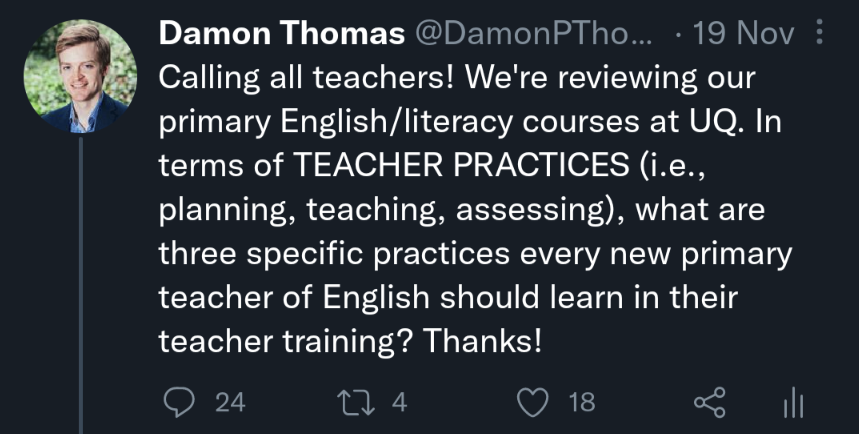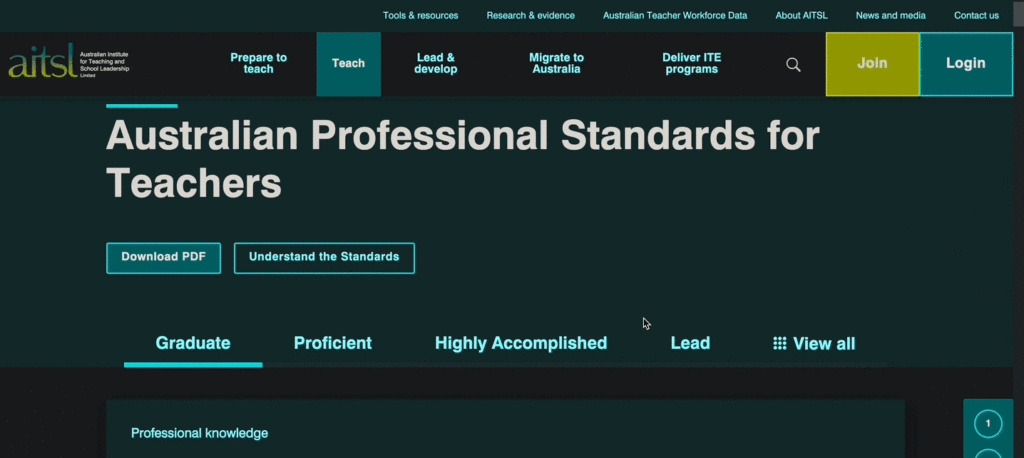I recently read the Next Steps: Report of the Quality of Teacher Education Review by Expert Panel members Lisa Paul, Bill Louden, Malcolm Elliot, and Derek Scott, which focuses on a number of key issues facing ITE providers, pre-service teachers, and the teaching profession. Of the 17 recommendations made by the Expert Panel, the 11th involved modifying requirements for completing the Literacy and Numeracy Test for Initial Teacher Education (LANTITE). If these modifications are made, it has the potential to strongly influence whether certain cohorts of pre-service teachers complete their degrees and join the teaching profession.

What is LANTITE?
In case you haven’t heard of the LANTITE, it is a test used to assess the personal literacy and numeracy skills of pre-service teachers. In terms of difficulty, the LANTITE is designed at approximately a Year 9 standard. The Australian Government mandated in 2016 that all undergraduate (e.g., Bachelor of Education) and postgraduate (e.g., Master of Teaching) pre-service teachers must pass this test before graduation to meet their degree requirements.
From apple isle to big banana
In 2014, I started lecturing at the University of Tasmania (UTAS). In November 2021, I took up a new position at the University of Queensland (UQ). In the transition between teacher education providers, I have experienced the expected lumps and bumps of changing software platforms, learning new policies and practices (e.g., forms of assessment, modes of delivery), and shifting from a hybrid mode of delivery at UTAS to a more traditional, face-to-face approach at UQ. But something that caught me slightly off guard was the difference in pre-service teacher cohorts.
Starting a teaching degree in Australia
At UTAS, and many other Australian universities, there are several ways for prospective students to begin teaching degrees. The ATAR pathway, which requires students to score highly on a range of pre-tertiary subjects in senior secondary school (Year 11 and 12), is the preferred route for education providers. But with many people who did not achieve highly enough at school to meet ATAR requirements for teaching still keen to enter the teaching profession, universities have a range of alternative entry pathways that render ATAR scores preferable but unnecessary. For example, the UTAS webpage that explains entry requirements into their Bachelor of Education (Primary) degree states: “Applicants without senior secondary, tertiary or VET/TAFE study can complete a personal competency statement” and “applicants may be eligible for an offer if they have relevant work and/or life experiences which demonstrate a capacity to succeed in this course” (see here). In my four years as a UTAS pre-service teacher, three years as a PhD student, and eight years as an academic, it was commonplace to work with pre-service teachers who did not meet the ATAR requirements to enter a teaching degree.
By comparison, when I started working at UQ, I was shocked to learn about the small sizes of their pre-service teacher cohorts. I’ve taught up to 450 students in a single course at UTAS, but at UQ, it’s more like 45! When I asked about this, a UQ colleague explained that UQ does not really offer alternative entry pathways. In other words, the only pre-service teachers at UQ are those whose ATAR scores were approximately 75 or higher. After doing a little digging, I found that UQ does have an alternative entry pathway based on prior life experience, but of the 78 students admitted to the Bachelor of Education (Primary) degree in 2021, fewer than 5 entered without an ATAR. There are other ITE providers in Queensland that, like UTAS, have much larger student cohorts; I’m not sure how their entry requirements work, but my suspicion is that they may not be as strict as UQ.
Approaches to LANTITE testing
Other than entry requirements, UTAS and UQ have taken different approaches when it comes to the LANTITE test. At UTAS, Bachelor of Education students complete the LANTITE test in their fourth year, before commencing their final school placement. Considerable support is provided to upskill those who may have been accepted into the degree without adequate literacy and numeracy skills. All pre-service teachers complete an Academic Literacies course in their first semester that prepares them for the demands of academic writing and gives them practice at internal literacy and numeracy tests that replicate the LANTITE. Those who do not pass these practice tests are identified in the first year of their degree and supported to develop their skills well before they sit the actual LANTITE test in fourth year. In my experience, this approach has worked well for UTAS and its pre-service teachers.
At UQ, while pre-service teachers are also officially required to pass LANTITE before they graduate, it is commonplace for them to do so at the very beginning of their degree. It is treated more like an entry requirement rather than something students will work towards in their time at university. School of Education staff at UQ support pre-service teachers who do not pass the LANTITE test. It’s quite likely that, in the near future, I will be asked to offer such support to those who struggle with the literacy test. But overall, it seems to be the norm at UQ that pre-service teachers pass the LANTITE without issue as they commence their teaching degrees. Remember, almost all of these students scored a comparatively high ATAR score, so it might be expected that they would pass literacy and numeracy tests aimed at a Year 9 standard.
How this relates to the ITE review
This brings me, then, to the 11th recommendation of the Expert Panel on the ITE review. They have argued that the LANTITE test should be made available before students commence ITE degrees and that it should be passed in the first year of study. The first part of this recommendation was actually already agreed to by education ministers in 2020, with students set to be able to complete LANTITE before commencing their teaching degrees from 2023. In terms of requiring students to pass the LANTITE test before the end of their first year of study, the Expert Panel recommended this change to help students identify whether a career in teaching is likely to be suitable.
But hang on a minute – remember I mentioned that many of the pre-service teachers attending other universities around Australia did not achieve high ATAR scores at school? Passing the LANTITE test on entry may be a tough ask for a lot of these people. It’s not to say that they wouldn’t make fantastic teachers at the end of their degrees, but it seems that having considerable time and support at university can help them to develop the literacy and numeracy skills required to pass the LANTITE.
The Expert Panel acknowledged this might be a problem for pre-service teachers who enter their degrees without strong literacy and numeracy skills. The review cites the Australian Capital Territory Directorate who argued that requiring LANTITE to be passed by the end of the first year of a teaching degree “could create a barrier to achieving diversity in the teaching workforce” (p. 59).
So, to support students described by the Expert Panel as culturally and linguistically diverse, they suggest ITE providers should develop bridging courses in literacy and numeracy that students might be funnelled into if they don’t pass the test on entry. To me though, failing a test like LANTITE at the start of a degree, with a mountain still left to climb, is quite different from failing it a couple of months from graduation, when the mountain is already climbed. I think this change has the potential to prevent a lot of pre-service teachers from moving beyond the first year since they might deem that their lack of skills makes them unsuitable for the profession.
The bottom line
For universities like UQ, where pre-service teachers are already expected to complete the LANTITE test in their first year of study, this particular change wouldn’t make a lot of difference. But, it would likely be more problematic for ITE providers that accept much larger numbers of students into their teaching degrees, many without high ATAR scores who gain entry through alternative pathways.
I don’t think it’s unfair to expect that those hoping to join the teaching profession in the near future should have strong foundational literacy and numeracy skills and the Expert Panel is betting that requiring them to pass this test in their first year would make this more likely. To me, the introduction of LANTITE in 2016 and its potential transformation into an entry/early requirement is one of many examples of significant change in the ITE space in Australia. It’s perhaps not the most newsworthy recommendation in a very interesting review, but this change will almost certainly impact who will and won’t become a teacher.





